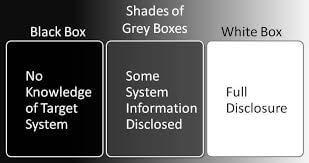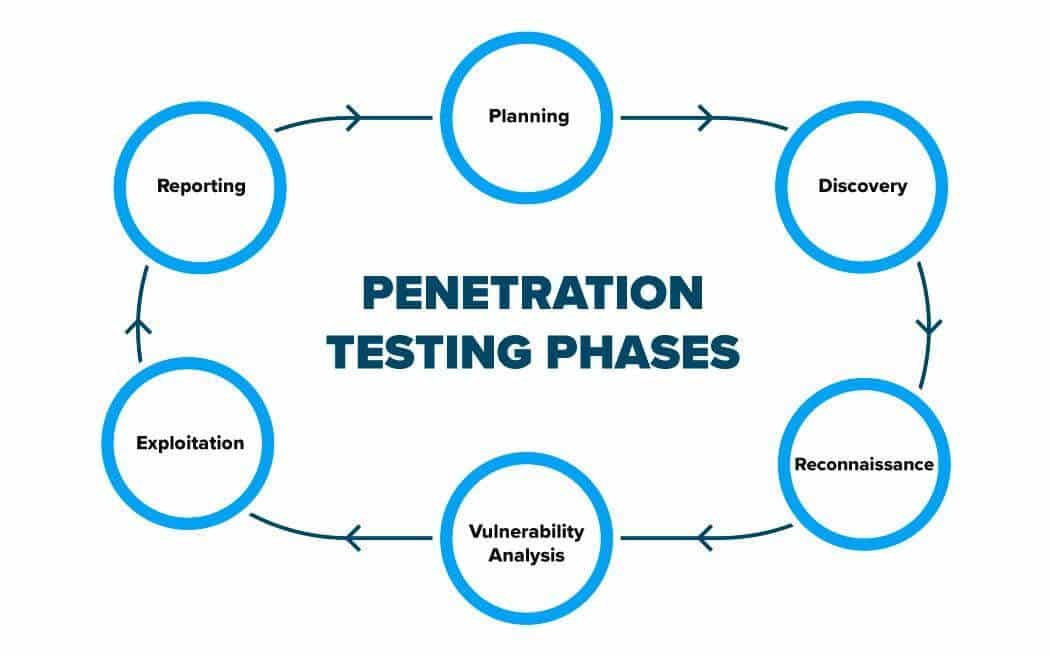In 2020, there has been a 600% increase in cyber attacks worldwide. Given such numbers, organizations are increasingly becoming aware of how important network and system security is.
A complete system-wide scan should be able to detect any vulnerability in the system, including technical lapses, as well as any security gaps in the network.
To ensure that your system has a high standard of security, you will need both vulnerability scans and penetration testing.
Penetration testing employs the use of malicious techniques and tools to infiltrate a system, therefore exposing the vulnerable areas in the network. Pen testing is a simulation of a real-time cyber-attack.
This helps in considering the human factor and captures the innovativeness of a cybercriminal, helping in identifying vulnerabilities that are difficult to find.
Through pen testing, security experts can analyze how systems react and respond during a real cyber-attack and thus help in strengthening the software as well as hardware.
What can happen if you skip this step?
Penetration testing provides a real case scenario of a cyber attack. If such gaps in the network are left undetected and unfixed, attackers can exploit these and compromise the entire network.
They can also access sensitive information and files, leading to data leaks and impact on business.
Benefits of network penetration testing
There are multiple benefits for conducting pen testing on your systems as listed below:
Expose security flaws in network
As the computing system evolves, so does a cyber attack. Cybercriminals exploit various flaws in the system to gain access and wreak havoc.
Some of these techniques include social engineering, exploiting updating versions of software and misconfigured firewalls, code injection, hidden malware.
Analyzes risk levels
An organization might have various security gaps on different levels and these need to be fixed based on respective risk levels. Through pen testing, you can identify different kinds of vulnerabilities and associated risk levels.
Understanding overall security standards
Pen testing your security systems can provide you valuable answers as to how capable the systems are, security controls and management, reaction, and recovery after an attack.
After a proper assessment and documentation, you can take confident steps to augment or support your organization’s security status.
Steps involved while doing pen-testing
Determining a type of test
There are 3 types of pen testing:
- Black Box testing: This type of test simulates an average attacker with no prior knowledge of the internal function of the system and network.
These are external attacks on the network and look for external vulnerabilities. This test is done quickly; however, they would not detect any internal vulnerability.
- Gray Box testing: This test is done from the perspective of a user who has the credentials to log into the system and has heightened privileges. This test can detect external as well as internal vulnerabilities too.
- White Box testing: In this, testers assume the role of an internal user who has complete knowledge of system architecture and powerful credentials.
These tests take a long time to run since it needs to analyze a vast amount of data and systems. However, this type of test can capture much more details and information regarding security standards.

Once the test is decided, based on the requirement, time, and other factors, all necessary information must be gathered to begin testing.

Stages of network penetration testing (Source: Medium)
Discovery phase
This phase includes scoping out the system to look for vulnerabilities that can be exploited. It consists of two main parts:
- Technical assessment: This part consists of assessing the technical details of the system including network ports, hardware, entry points, anything that can be used to get access to the business.
- Social engineering evaluation: This phase consists of assessing how compliant employees are and find any weaknesses that can be used by social engineering. It usually includes using phishing emails or other deception to steal credentials.
Running developed tests
Based on reports from the previous steps, security experts such as Astra will develop tests or programs for pen-testing.
They might use standard scripts or create tailor-fit codes to check the discovered and suspected vulnerabilities. Multiple scripts are run to prod all areas and ensure that every issue is identified.
Apart from technical tests, testers also use social engineering to detect any leakage of information from employees or users and use them for infiltration.
Reporting findings and solutions
The final step in the process is to consolidate all clearly outlined detailed findings and weaknesses. They should also include all vulnerabilities ranked based on their severity. This will help the organization to prioritize and allocate resources.
The report should also contain a detailed explanation of solutions, including basic steps if so required.
Such dashboards like Astra’s contain specific information regarding vulnerable applications and required security patches, making it easier for customers to take provided steps in improving their security systems.
Time required for network pen testing
The duration of a complete test depends on the complexity of the system and the type of test being run. It also depends on the discovered vulnerabilities and sensitiveness of the data. Usually, it takes 1 to 4 weeks; however, a detailed estimate depends on the analysis by the team.
Conclusion
With the advent of remote working and cloud storage, there has been a shift in an organization’s work culture.
This has also made it easier for cybercriminals to attack unsuspecting users, as they try to stay ahead of the latest security standards and developments. Organizations need to work with experts to secure their networks and data.
Network penetration testing protects against external as well as internal threats by detecting and plugging flaws in the overall system.
Based on these results further steps can be taken to allow a more flexible and safer environment for business.

